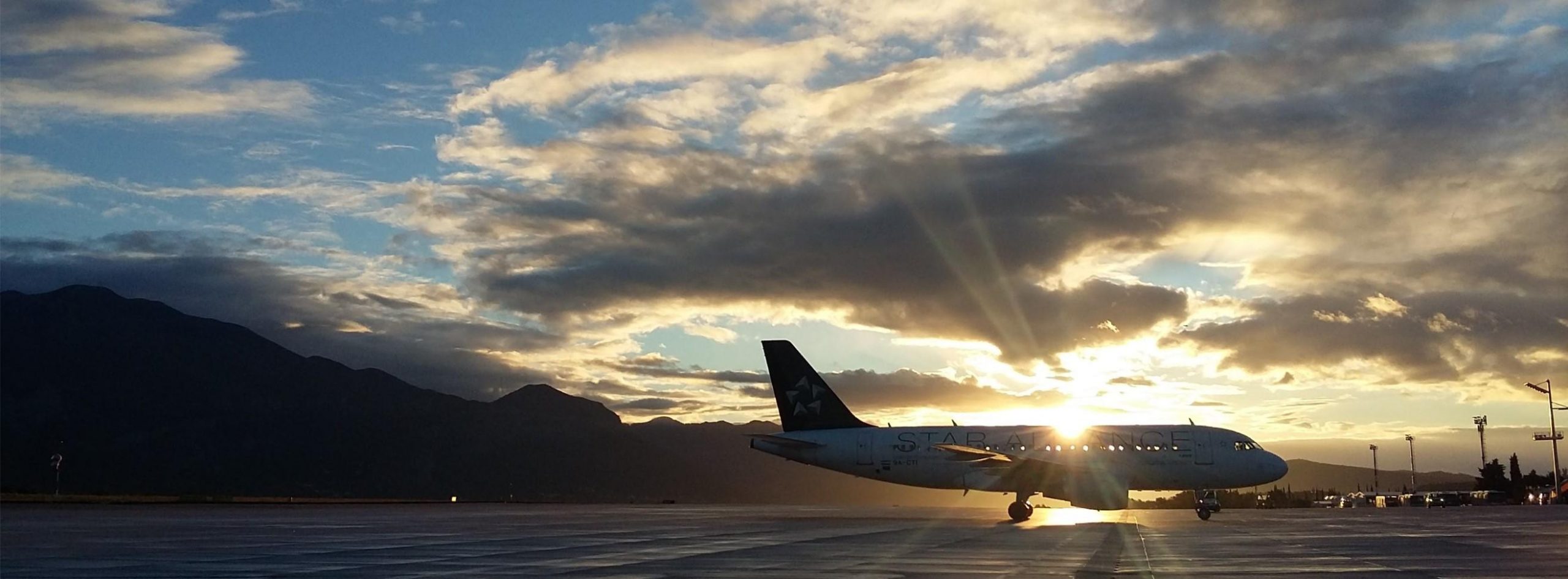Two crashes too many for the Boeing 737 MAX
(Note: companies that could be impacted by the content of this article are listed at the base of the story (desktop version). This article uses third-party references to provide a bullish, bearish and balanced point of view; sources listed in the “Balanced” section)
On March 10th, Ethiopian Airlines Flight 302 experienced problems shortly after takeoff, struggled to ascend at a stable speed, and then crashed killing all 157 people on board. This follows the disturbingly similar incident that occurred last October in Indonesia when Lion Air Flight 610 crashed shortly after takeoff killing all 189 passengers. In both instances, the pilots were flying a brand-new Boeing 737 MAX.
The 737 MAX is the fastest-selling airplane in
Boeing (BA) history with about 5,000 orders from more than 100 customers
worldwide. The model has completed thousands of successful flights and was
widely considered by industry experts to be a safe aircraft. Nevertheless, following
the crash of Flight 302 the U.S. Federal Aviation Administration (FAA) moved to
temporarily ground the entire global fleet of 371 Boeing 737 MAX aircrafts. On Friday
April 5th, Boeing’s CEO Dennis Muilenburg acknowledged
that both incidents were caused by the same malfunction and accepted
responsibility for the crashes saying, “We own it”. Boeing says the malfunction
that caused the crashes can be fixed, but will it restore the public’s faith in
air travel?
